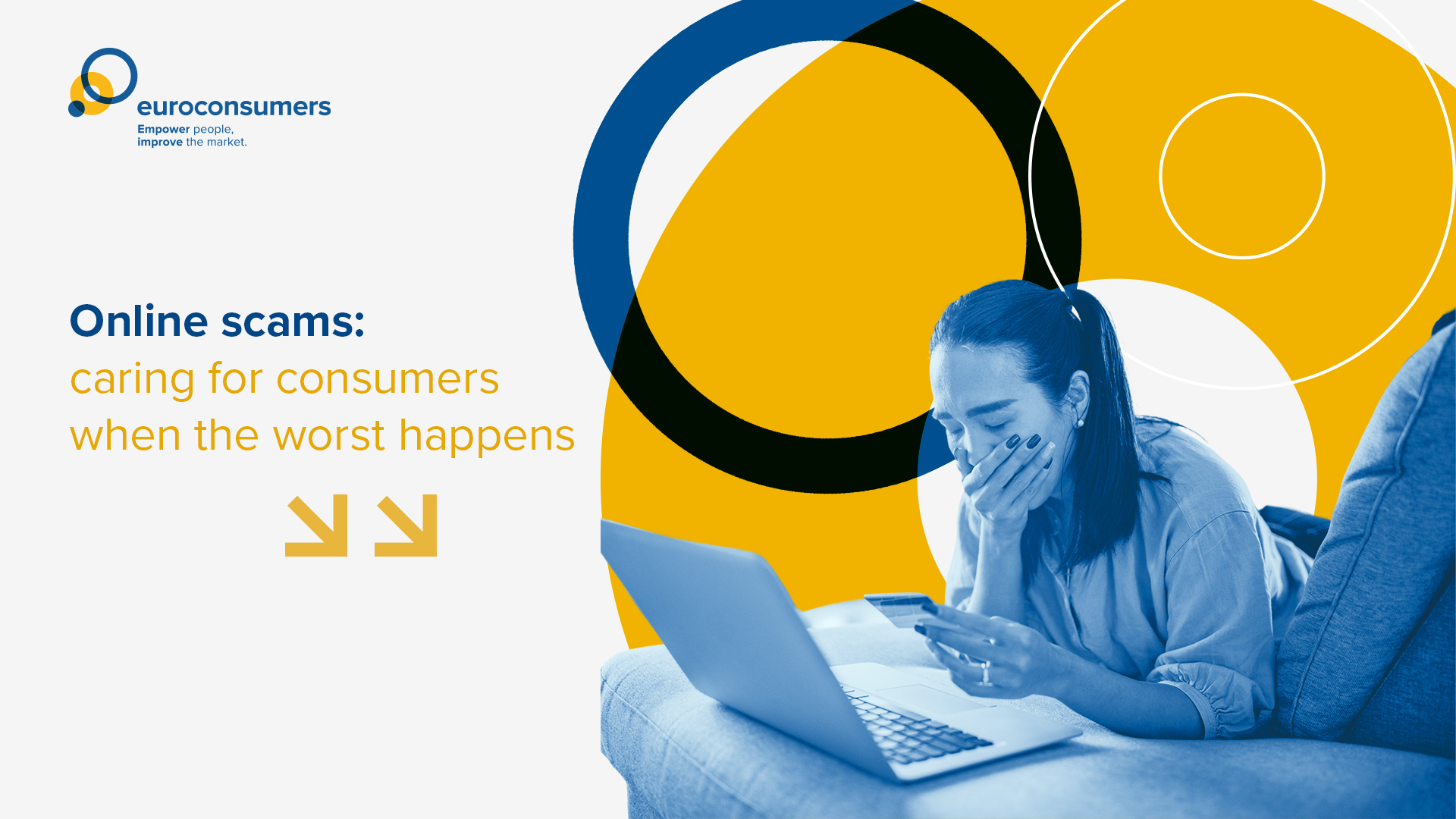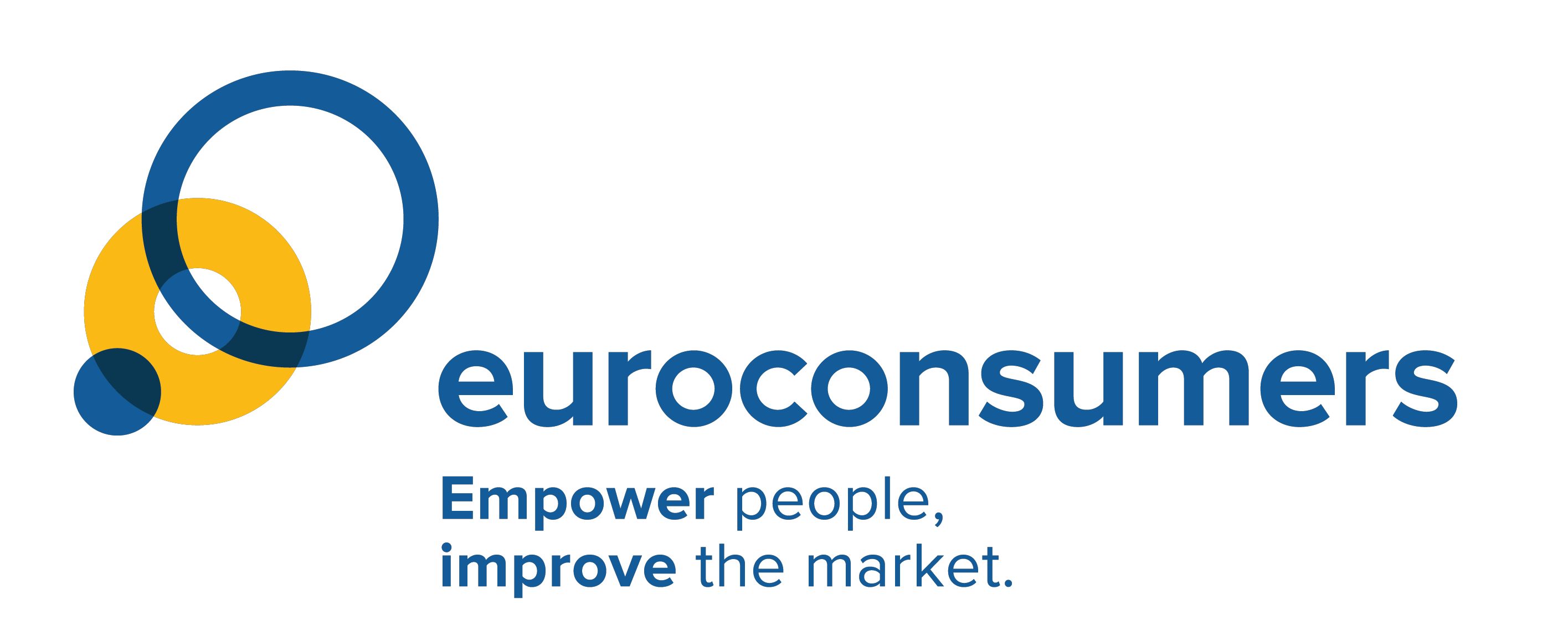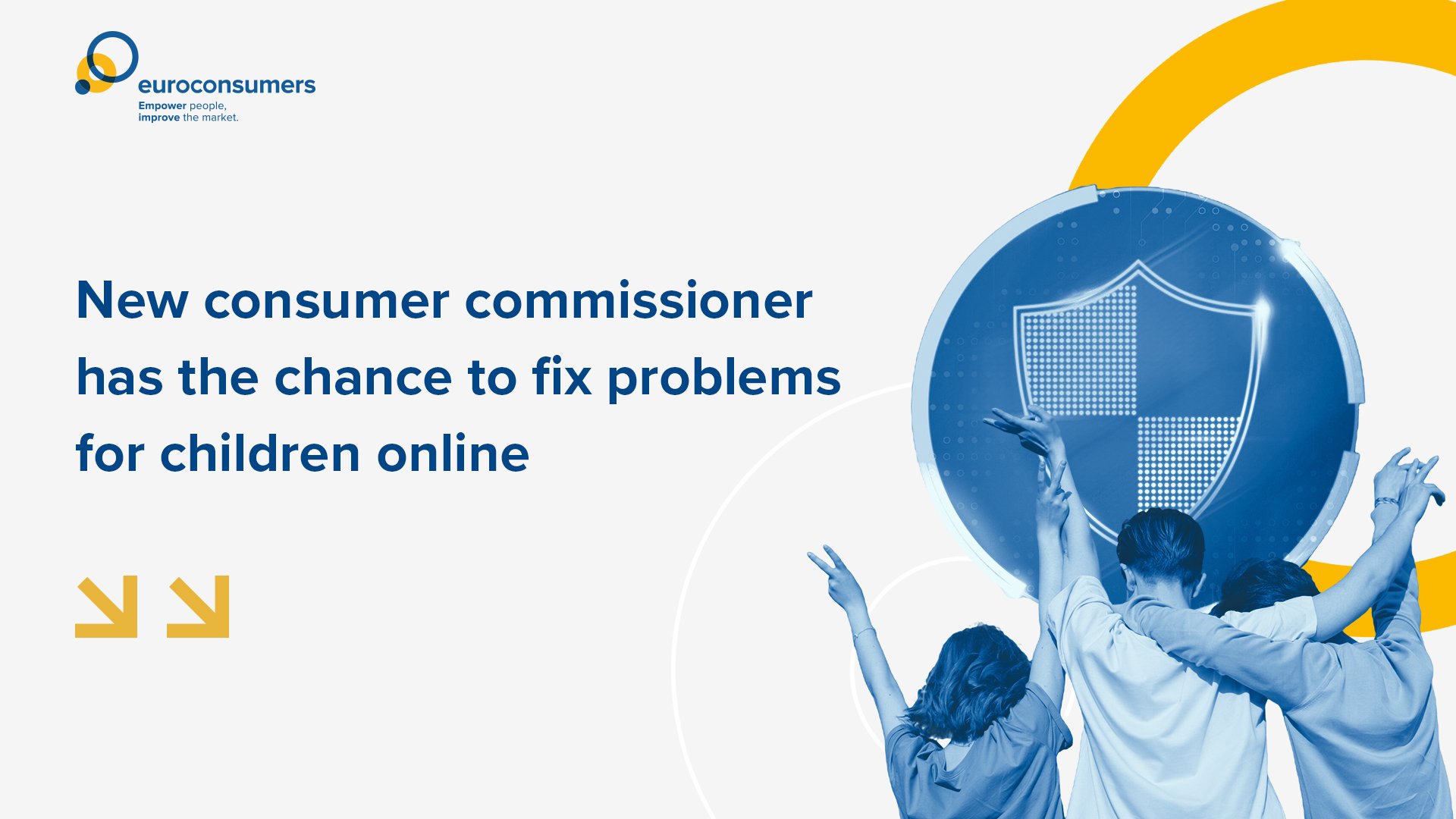
Online scams: caring for consumers when the worst happens
Euroconsumers co-hosted the 2024 Global Anti Scams Summit and calls for better aftercare for consumer victims of online scams



This week, the man who is set to become the European Commissioner with responsibility for consumer protection, Michael McGrath, gave us a first look at his priorities at his confirmation hearing.
There was plenty on addressing the commercial exploitation of online consumers through addictive design patterns, labyrinthine subscription processes and impenetrable pricing strategies.
Euroconsumers know that children and young people can be particularly vulnerable when exposed to such practices. So we were pleased to see stronger safeguards for young online gamers’ data and a commitment to up children’s general protection online.
Alongside problematic commercial practices online, digital consumers have problems with illegal and harmful content and incidences.
A new survey of just over 4,000 people in Belgium, Italy, Portugal and Spain found that risky or harmful cyber incidents are hard to avoid even amongst those who consider themselves advanced, expert internet users.
Only 8% of respondents had managed to avoid any cybercrime related incident and half of everyone surveyed had experienced at least three of the following: online abuse and harassment, identity theft, malware and viruses, fraud and scams.
Under 18s may use the internet differently to their older counterparts, but the risks are just as prevalent. The research asked parents and carers of 1,683 children aged between 6 and 17 years old some specific questions about their online habits and experiences.
We found that pretty much all teenagers in the four countries (99%) are online mostly using smartphones (97%) and laptops (89%). For the younger cohort, McGrath’s emphasis on gaming data is appropriate as 93% of those aged 6 – 12 years old are online, most commonly via gaming consoles (72%) or tablets (68%), and with two thirds on phones.
While most of the time they’re having fun with gaming, videos, music or just connecting with friends, there are several long-standing risks out there that are taking too long to address.
26 % of parents and carers of children aged 6 to 17 years old say their children experienced a cybercrime or related harm in the past year.
These harms including identity theft, ransomware, extortion or being targeted directly with threatening comments are hitting some of the youngest online users.
This breakdown shows where things were going wrong, but it’s important to bear in mind that these numbers only show what parents were aware of, the figures could well be much higher if young people were asked directly in confidence what they had experienced.
Given the amount of exposure that adults themselves have had to cybercrime and related harms, it’s no surprise that those with children are taking action to protect their children’s online world.
80% of parents and carers told us they felt well informed about how to help their children have a safe time online generally, which is promising.
However, for some of the most popular services like social media or gaming, one in five parents do not know how to keep their kids safe.
Nevertheless, they do employ a range of strategies to supervise their kids online including limiting screen time, checking browser history, using parental controls and forbidding access to some apps or platforms.
They also differ by age groups, for those with older children there is much more discussion of online risks (67% for over 13s vs 53% for 6-12 year olds), whereas time limits are more common with younger age groups.
Once children get older, parents say they don’t need to do so much monitoring as they trust them and also want to protect their privacy. This leaves 14% of children aged 13 – 17 in our survey with no parental supervision of any sort.
We’re now firmly into the digital era and the problems and harms that consumers are experiencing are nothing new.
The new commission has an opportunity to sort out some of the entrenched problems that Euroconsumers has been evidencing for many years – from scams to dark patterns, confusing gaming currency to pressure selling.
We want to see consumers of any age enjoying safe, fair and fun online experiences, and in particular want children to be free from stealthy marketing and from the harmful loops that social media can push young people into.
Our survey shows a strong and continuing need for the development of the type of digital and tech literacy amongst parents and children so they can experience the benefits of the digital world without fear of cybercrime or harmful social or commercial pressures.
But digital literacy can only go so far, to be truly empowered as digital consumers some of the embedded patterns and practices of online apps and platforms need to be addressed.
That’s why we’re looking forward to the release of a Commission study into marketing techniques that adversely affect the purchasing behavior of children in online games, and inquiries into the impact of social media on wellbeing.
A deeper understanding of how these services and practices play out in real life is the starting point for building an improved digital market.